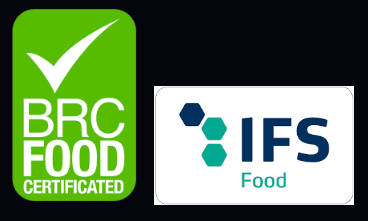We know, any cheese lover sees a cheese and immediately has a crazy desire to eat it. But as you know, it doesn’t suddenly arrive on our plates. There is a great elaboration process behind it, from the milking of the milk to the transformation into cheese over time. It is a process that is worth knowing, a careful process that results in such an exquisite product. That’s why we tell you how cheese is made.
The basic and main ingredient is clear: milk, which can be cow’s, sheep’s, goat’s or buffalo’s milk. Its characteristics will make a cheese vary, both in taste and smell. Only rennet and salt are added to this milk.
Other natural factors, such as humidity and temperature, are also necessary for their development.
This is how cheese is made.
Coagulation.
The milk is placed in a vat and heated to temperatures between 28 and 34ºC while stirring. In this process, ferments or coagulants (vegetable or animal rennet) are added to form a kind of curd, turning the milk from a liquid to a solid (or semi-solid) state.
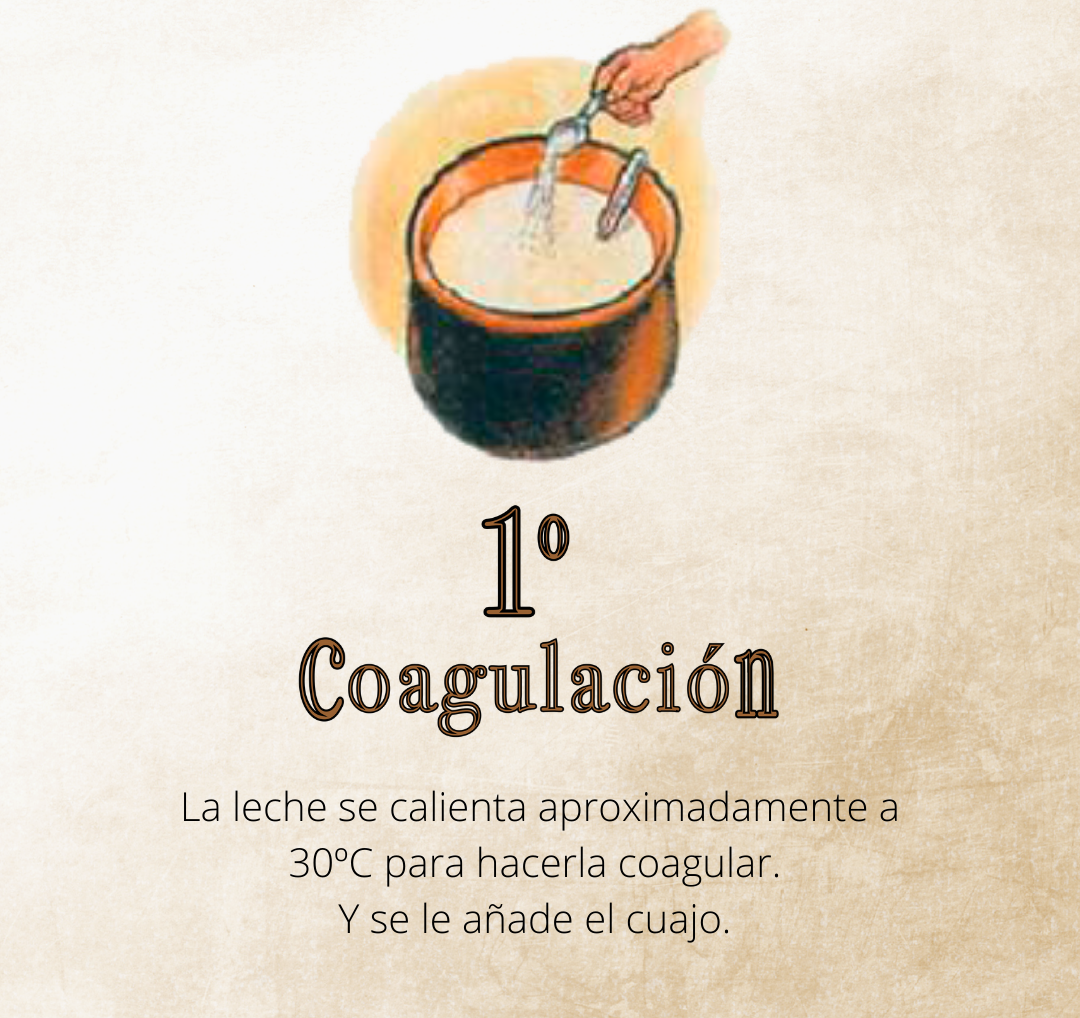
Curd cutting.
When the curd is ready, it is cut. For this purpose, the curd is cut by means of steel blades, which are placed parallel to each other and cut the curd. With this cut, a grain is formed, which varies according to the intensity of the cut. The smaller the grain, the easier it will be to harden the cheese (the easier it will dry).
This process helps to eliminate the whey, that is, to remove the whey from the solid part.

Mixing and heating
Once the cutting process is finished, mixing and further heating is carried out to better remove the whey. In this way, the whey is separated from the resulting grains.
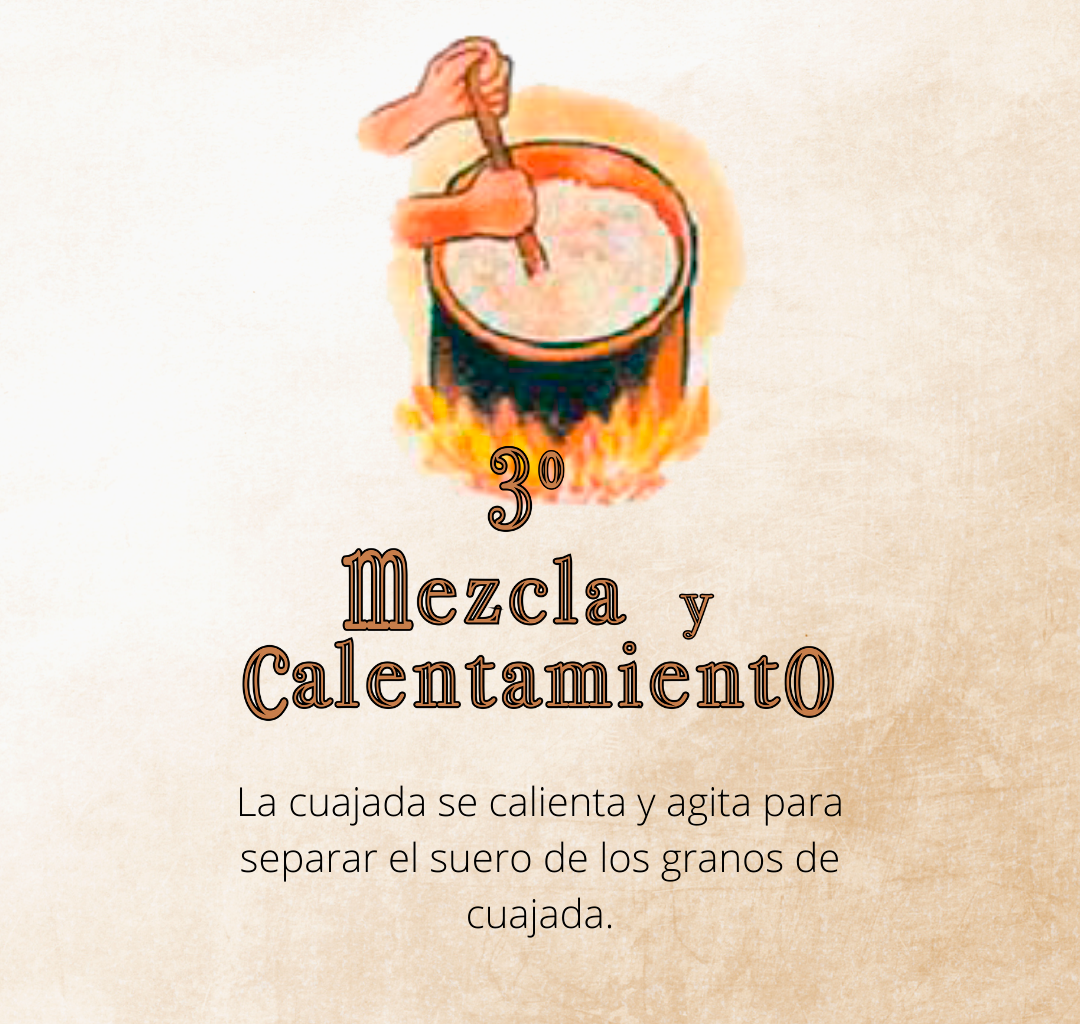
Molding and pressing
Once the whey is separated, the curd is placed in its corresponding molds. These molds vary in size, so a different one will be used depending on the cheese to be obtained. In this step, pressure is applied, either mechanically or by hand, to remove the remaining whey and give the cheese the desired shape.
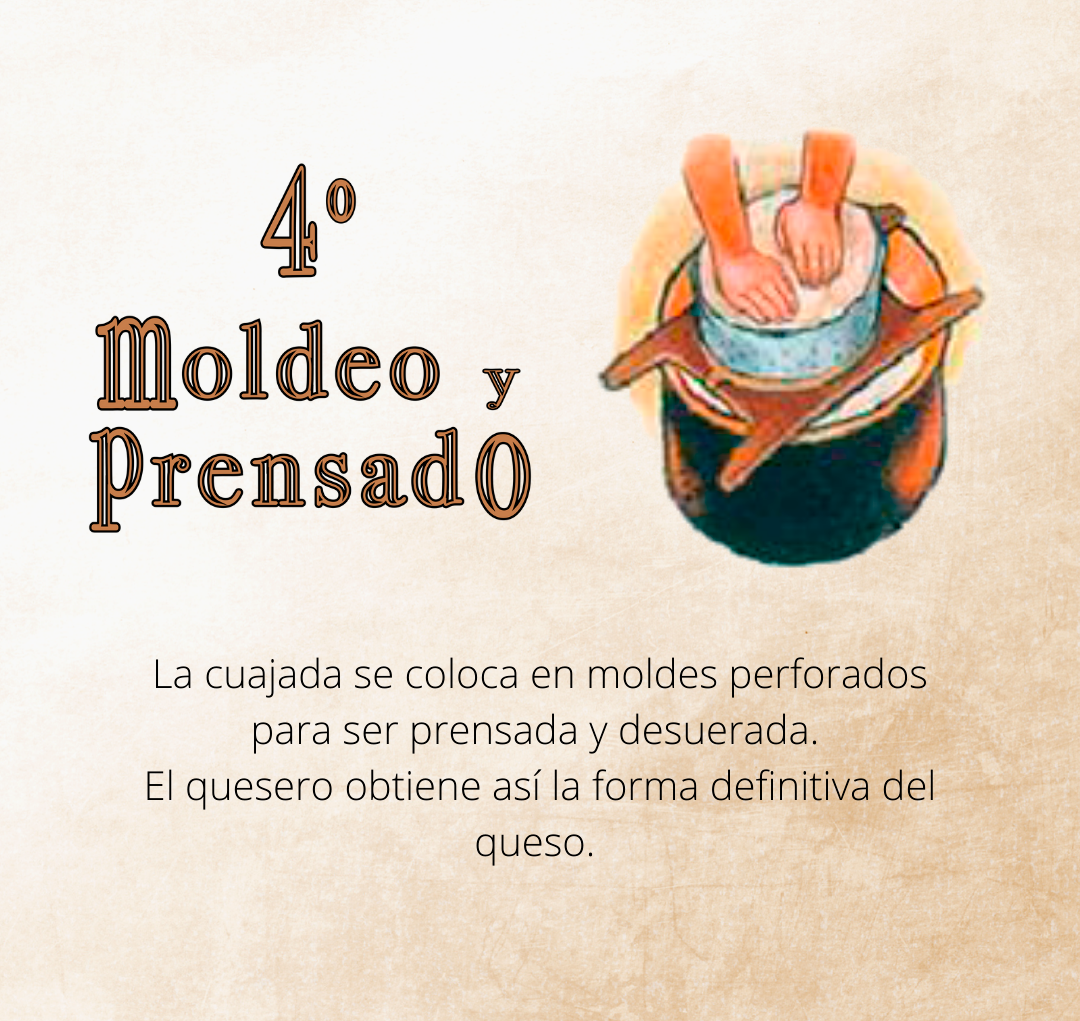
Salado
This process consists of submerging the cheeses in brine (with water and salt) to preserve the product. It is also good for crust formation and flavor enhancement.
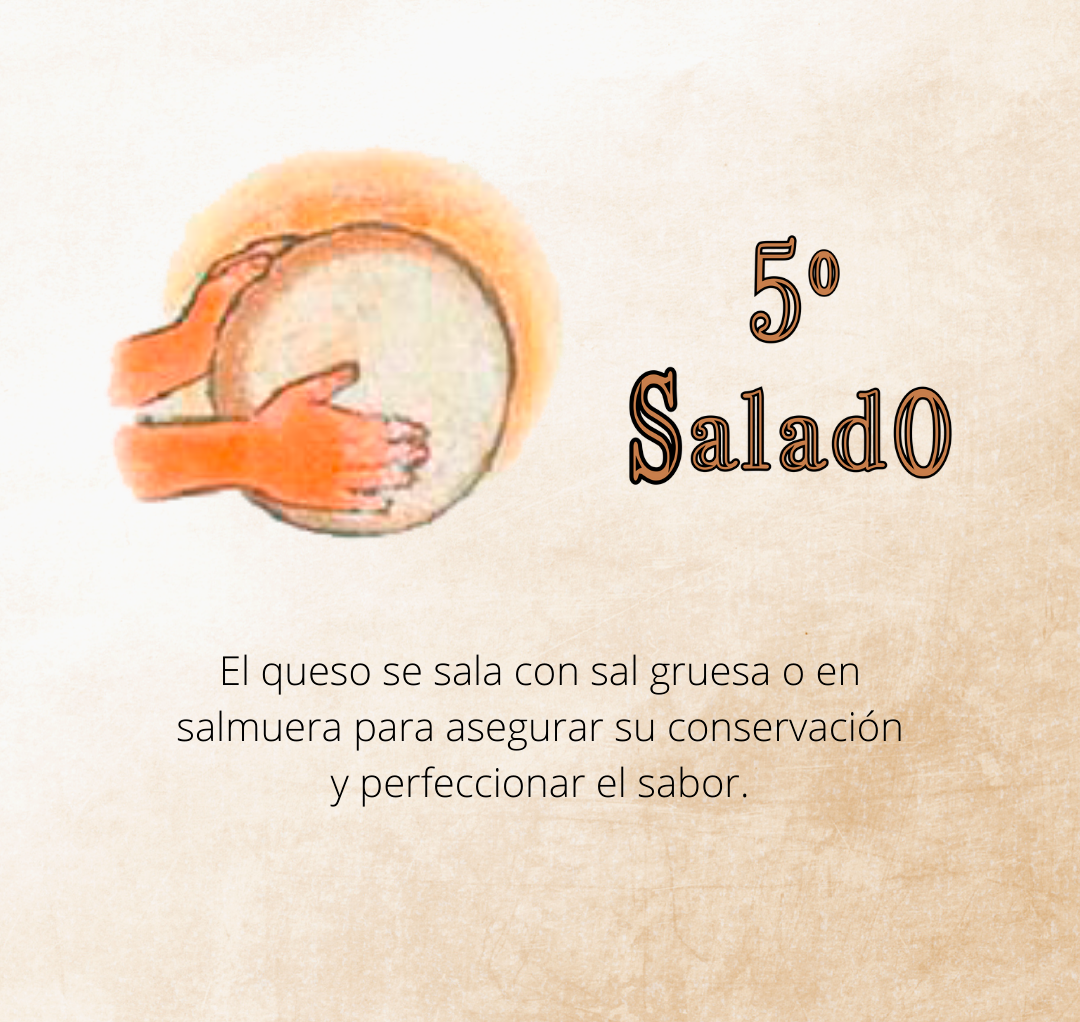
Maturation
As a last step, the cheeses go to ripening chambers or caves, depending on the ripening method used. It is here where the cheese is left to rest and where natural characteristics of the cheese will begin to appear, such as the appearance of mold on the rind. To remove this mold, the cheeses are brushed.
In this process, external characteristics such as humidity and temperature are controlled, which will cause the cheeses to undergo a series of changes, as mentioned above.
Depending on the time that this maturation process lasts, cheeses will be more or less cured:
- Soft cheese:
- Semicured cheese
- Cured cheese
- Old cheese
- Aged cheese
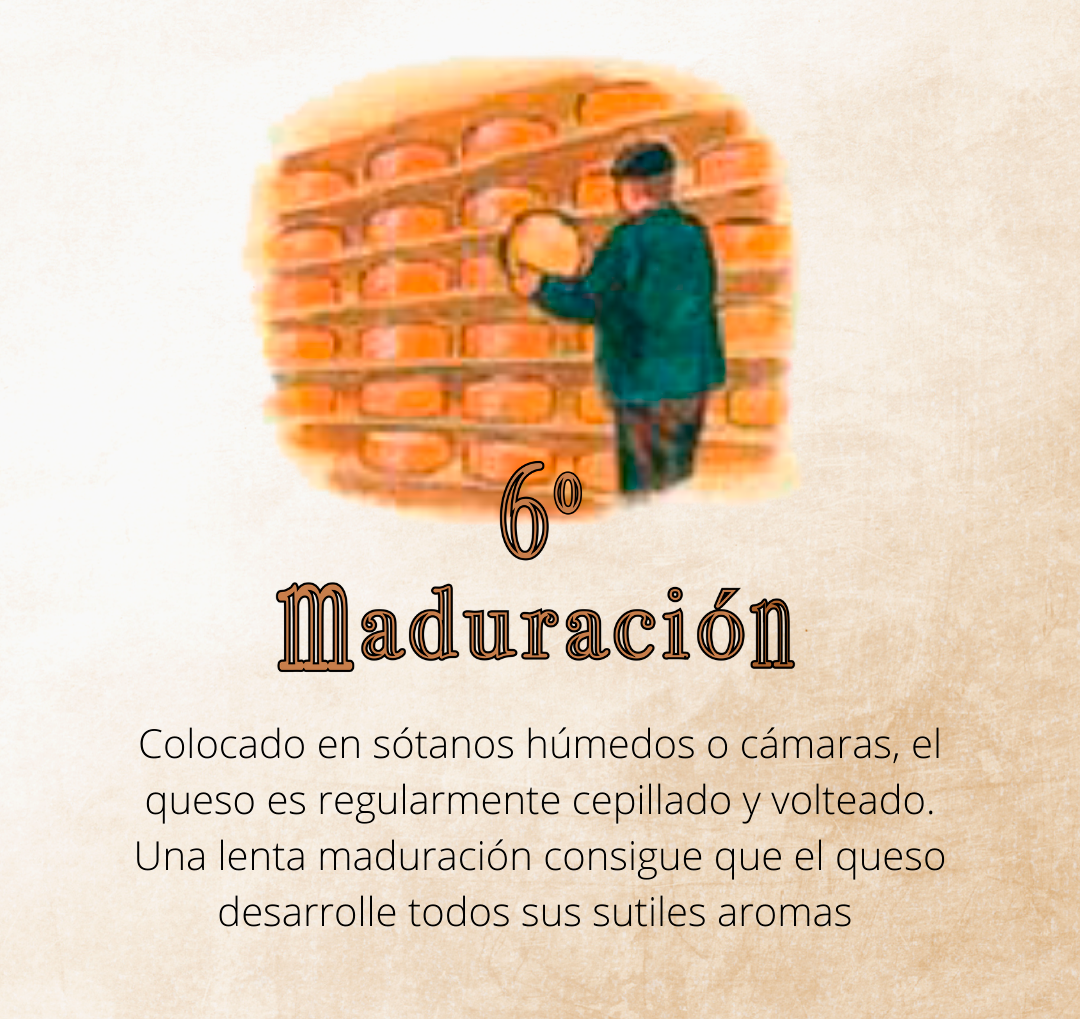
Now you know how cheese is made, that product that drives palates crazy. With this process and a special touch of affection, our La Antigua Cheeses are obtained.


